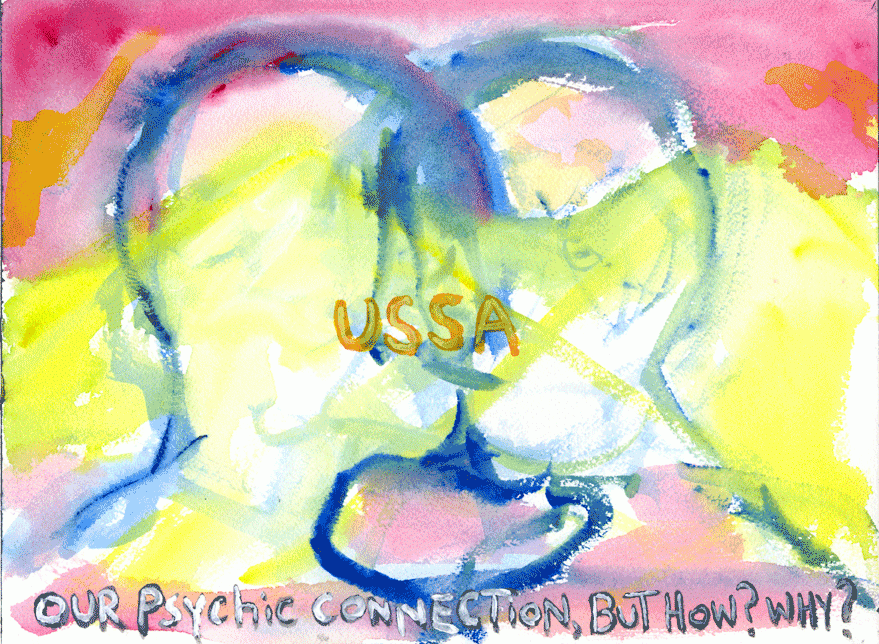For what it’s worth, Zachary Cahill’s art matters more to me personally than the man may ever fully understand, but let’s just say for now that it all began with my visiting what was advertised as a souvenir store temporarily installed inside the Chicago Cultural Center in the summer of 2012 – the full title of Cahill’s immersive installation being USSA 2012: The People’s Palace’s Gift Shop. This happened shortly after my arrival in the Windy City, and I was relieved to discover that someone out there was making shamelessly political art (as opposed to merely ‘making art politically’), invested in the craft of propaganda and the social realist paradigm (a longstanding guilty pleasure of mine) and generally keeping the dream of building socialism alive – or so, at least, it seemed. I have been a believer and follower of Cahill’s ever since.
I was relieved to discover that someone out there was making shamelessly political art, invested in the craft of propaganda and generally keeping the dream of building socialism alive
Chicago-based multimedia artist, critic, curator, teacher and writer Zachary Cahill is clearly something of a Renaissance Man. If that sounds so timeless it could be construed as somewhat old-fashioned, a certain quasi-militant quaintness likewise suffuses his attachment to the ethic of the gesamtkunstwerk, or total work of art. The totalising project that has commanded Cahill’s artistic and intellectual energies for close to a decade now is the acronym USSA which we are free to read as, say, United Soviet States of America. Over the years, a series of exhibitions has allowed the artist to unveil different chapters of the USSA narrative, inaugurating new departments and quarters of the project’s sprawling conceptual archipelago in the process: an orphanage, strangely, to begin with; a giftshop, wellness centre and ‘assembly’ (in the making); flags, hymns, pageantry – all slanted towards that old stalwart of rudderless utopian hopes, the Soviet experiment in human engineering. (I am very interested in an evident turn towards religious imagery in more recent outings of the USSA) The USSA Wellness Center made a particularly transformative impression, as it is here that a somewhat generic installation- art-institutional-critique-relational-aesthetics sensibility made place for the frantic, half-hallucinogenic neo-expressionist brushwork that is now a fully fledged hallmark of Cahill’s practice. Here, Cahill enacts a turn to painting at its most unreconstructed, spurred on, ironically, by a project that proposed painting as a species of occupational therapy. For this, in fact, is what Cahill’s work boils down to, and what can make the uninitiated, hurried consumer of contemporary art fashions dizzy with discomfort at the sight of so much nonnegotiable earnestness: a fully postironic belief in the healing power of art. Indeed, in the New World Order instituted by the abomination of Donald Trump, and in a world that is now without both Fidel Castro and Leonard Cohen (‘Everybody knows that the boat is leaking / Everybody knows that the captain lied’), it is time for the healing art of Zachary Cahill.
Cahill is based in Chicago. His work has recently been shown at Iceberg Projects, Chicago, and at Illinois Wesleyan University Gallery.He has recently been appointed curator at the University of Chicago’s Gray Center for Arts and Inquiry, and his show, USSA Love Chapel, opens at Regina Rex on 21 May 2017.
From the January & February 2017 issue of ArtReview, in association with K11 Art Foundation
